
Cell-surface polysaccharides are produced by several bacteria, including Lactic Acid Bacteria (LAB). These polysaccharides may be covalently linked to the cell wall (peptidoglycan) – capsular polysaccharides (CPS) or loosely attached/secreted as slime – exopolysaccharides (EPS). In the production of fermented milks and some cheese types (e.g. fresh cheese, pasta filata) polysaccharide producing LAB are of great importance, mainly because the polysaccharides contribute to the texture, mouth-feel, perception and stability of the final product and therefore provide functional alternatives to additives like pectin or starch. Despite the market potential of polysaccharide-producing LAB, the understanding of polysaccharide production and its regulation in LAB is surprisingly limited. In contrast, the genetics of EPS production are far better understood and genes involved in EPS production are typically clustered in the chromosome or plasmids of LAB. The development of novel polysaccharide-producing LAB with superior functionality is of importance for the industry and here we present classical strain improvement and high throughput screening strategies to identify and improve polysaccharide producing LAB









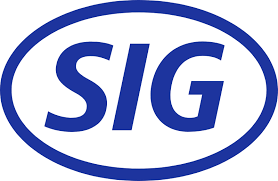





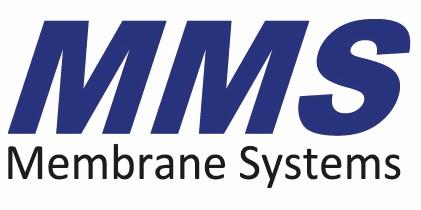


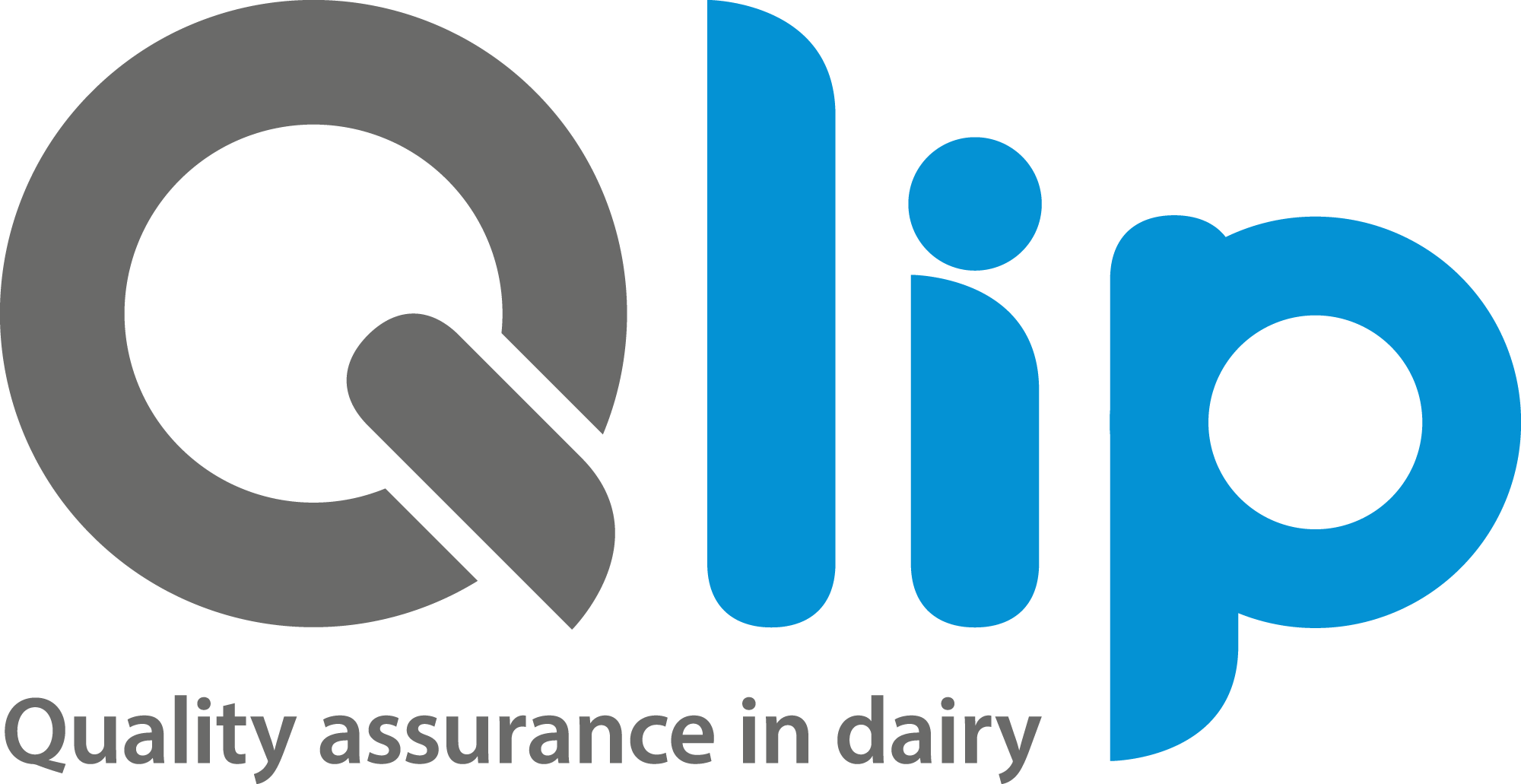
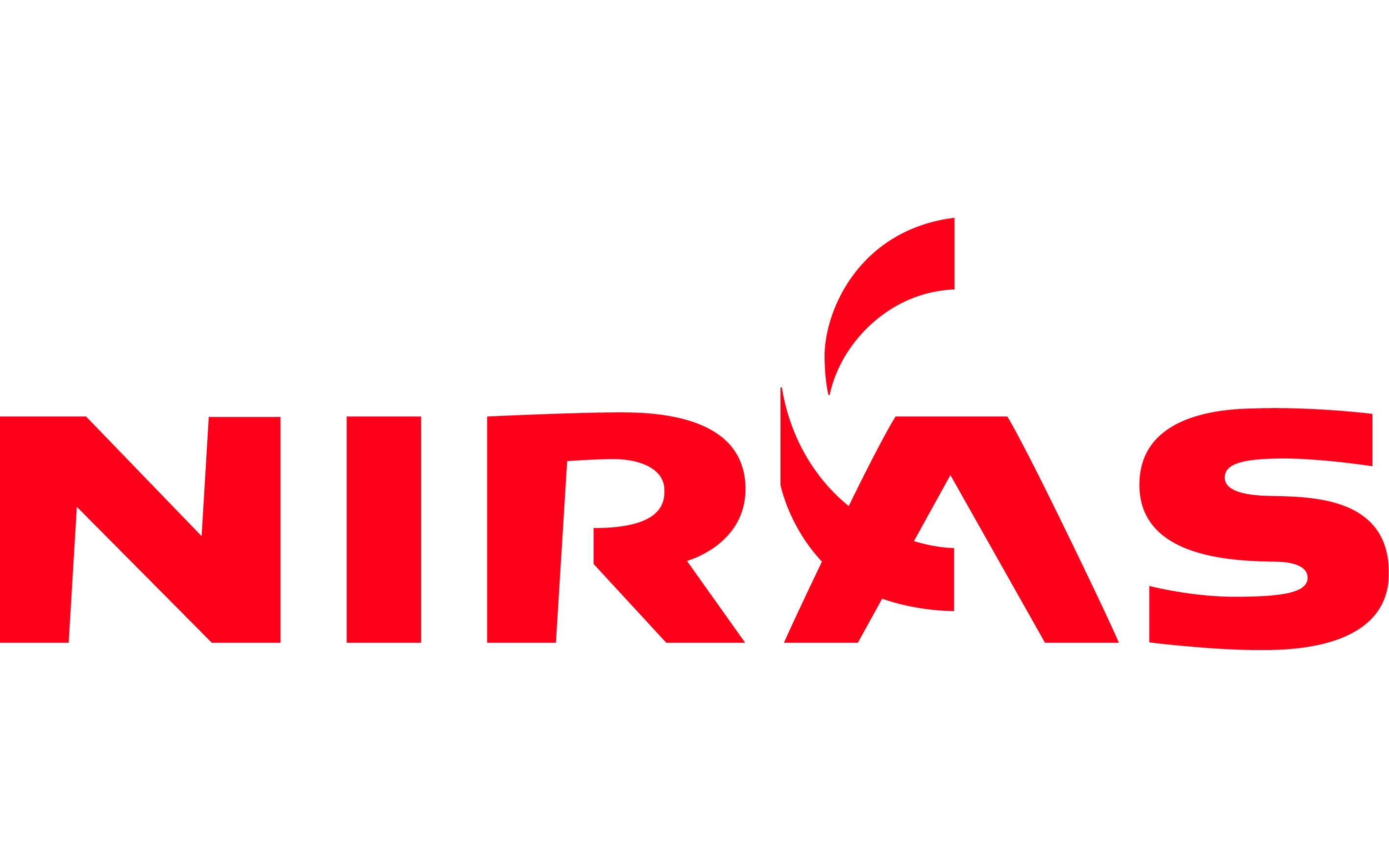
















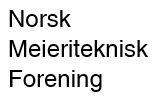
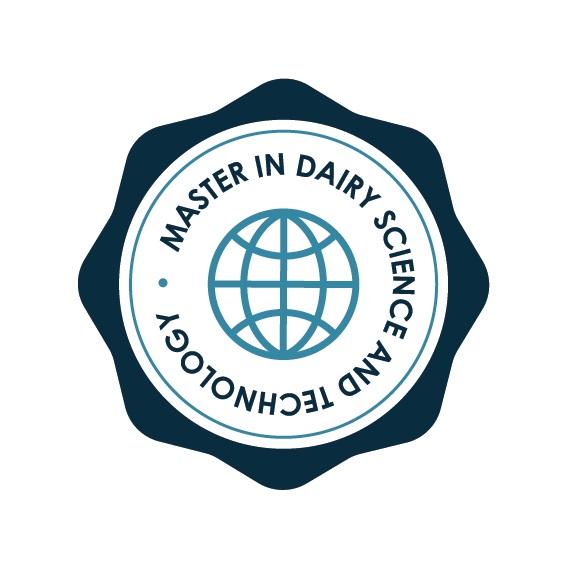


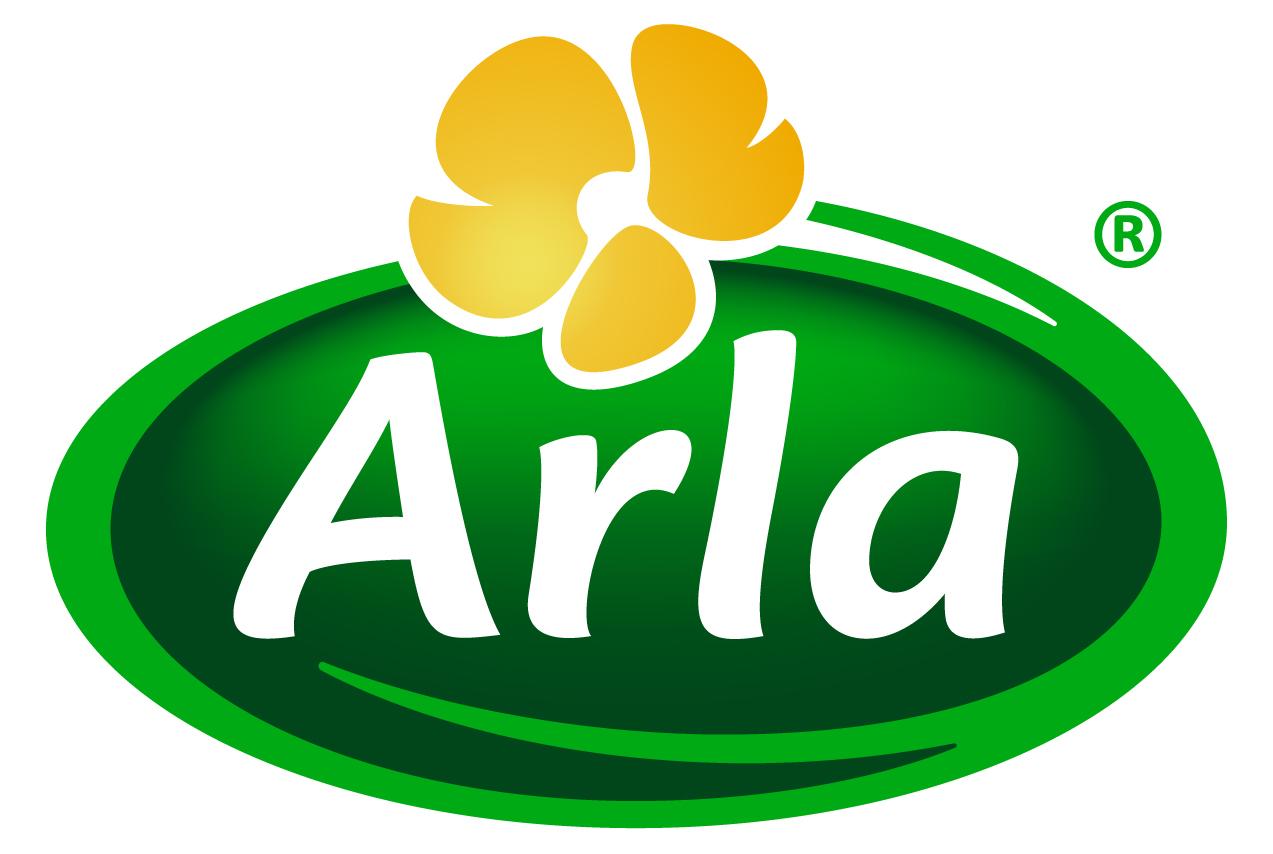

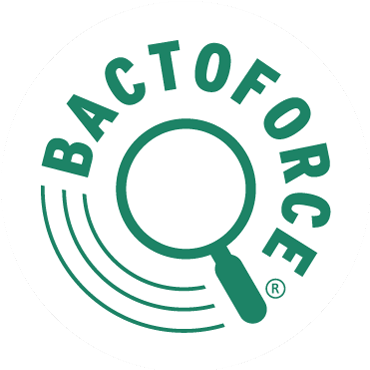


 Munkehatten 28
Munkehatten 28